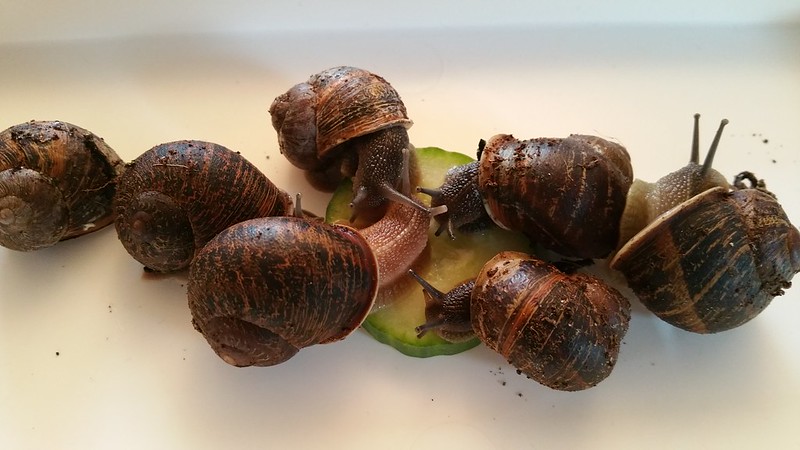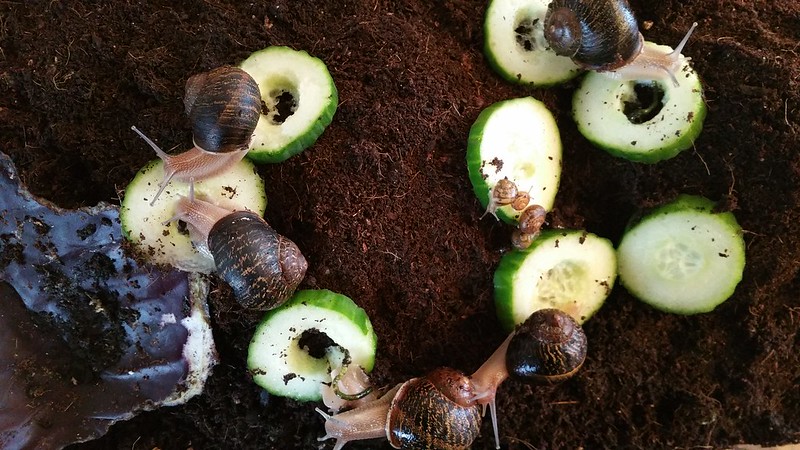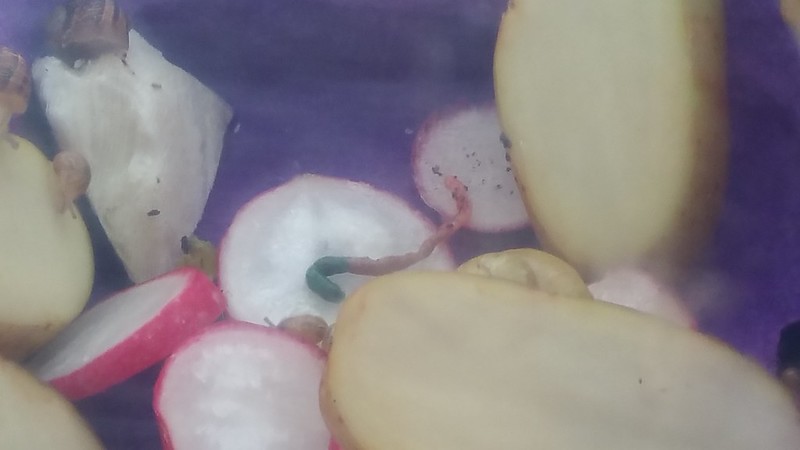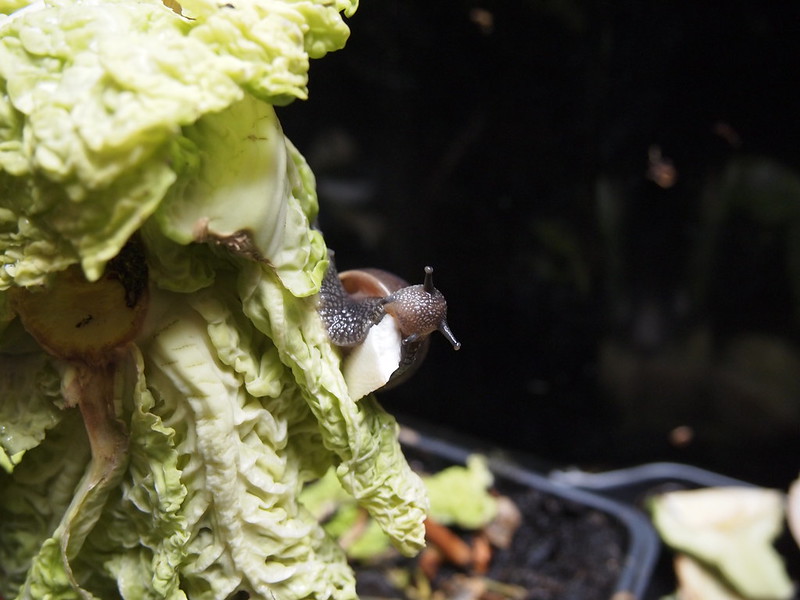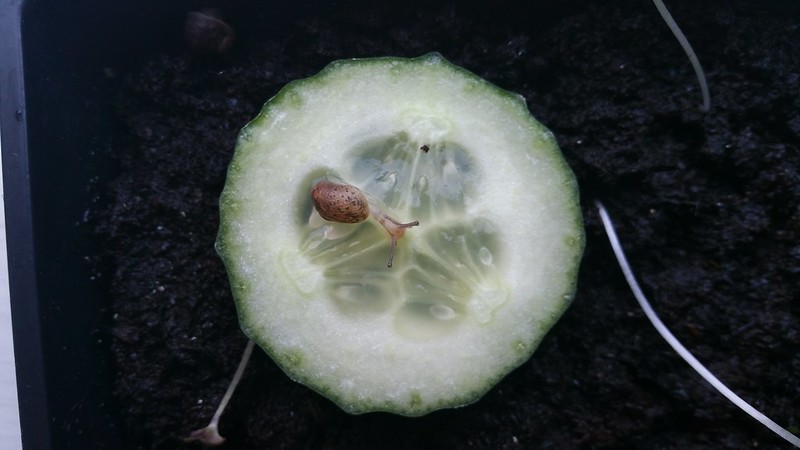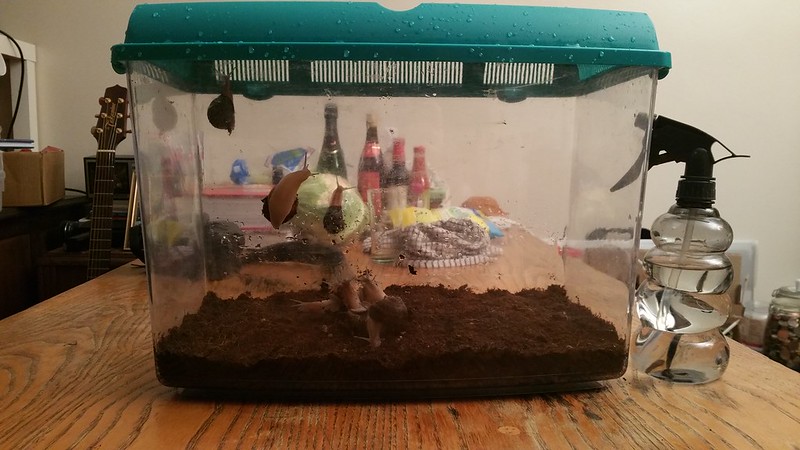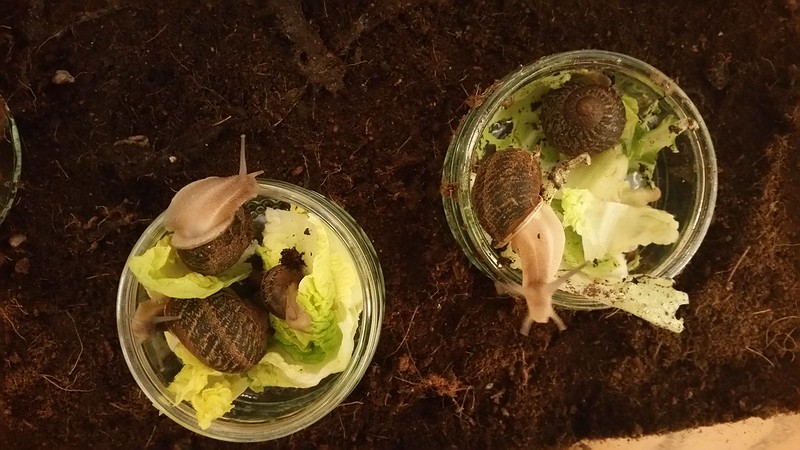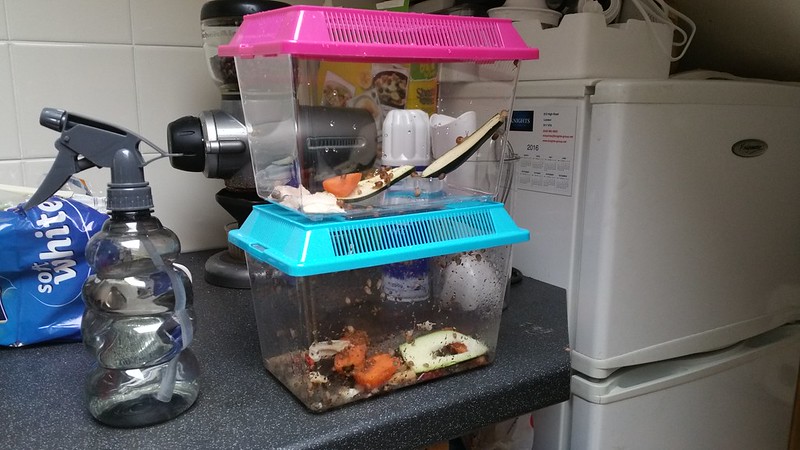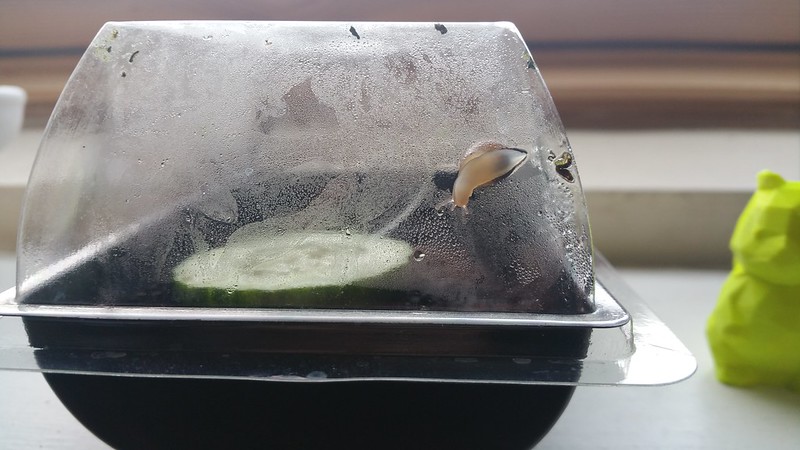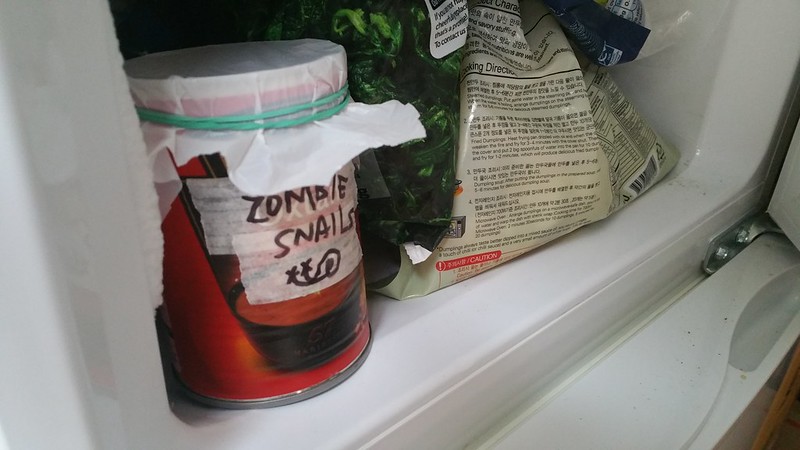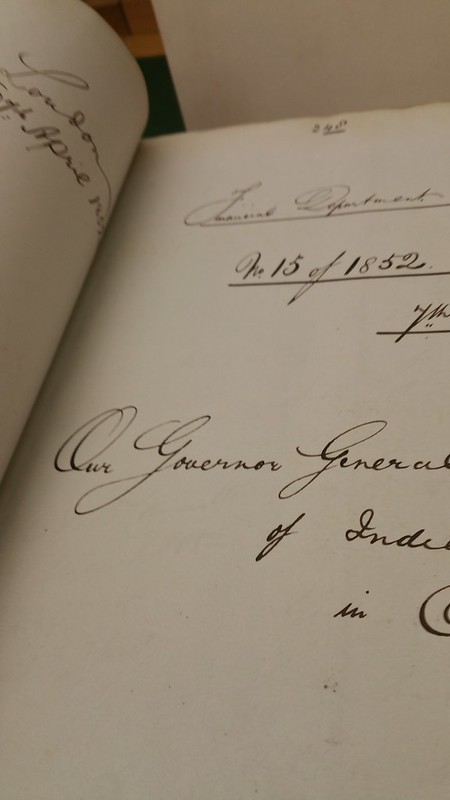
THINGS I WISH SOMEONE TOLD ME EARLIER ABOUT USING THE BRITISH LIBRARY
- Archives are in a separate catalogue. On the BL page and dropdown menu: Catalogues > MANUSCRIPTS > Archives and Manuscripts.
- There may be a "handlist" on open shelves for reference. The handlist is a list of items which are on display or which are available for requesting within a specific collection.
- Ordering Microfilm: There is a microfilm option hidden at bottom of Request Other Items. So even if the item is technically a copy of something from Private Papers, you should order it under Microfilm. Again, I wish this was explained clearly from the very beginning.
- Before leaving the counter, check that the item you have received is actually the actual item you have ordered. Yes, I have had the unusual fortune of receiving the wrong item after patiently waiting well over an hour for it!
- Although the rooms close at 5, it seems that by 4.30 they'll start to ask for the special materials to be returned.
- You have to leave most things outside and you have to use a plastic bag to bring things in
- You cannot bring pens in. You can only bring pencils.
- You cannot take photos of some historical material. But if you have retrieved it in microfilm form, you can take as many pictures as you want for free on your mobile phone camera. (I'd really like to find out what is the rationale for this rule?...)
- You need a pound coin to use the lockers downstairs. (Interestingly, people also regularly forget to take their £1 coin deposit from their lockers at the basement. Just sayin...!)
Recently I wanted to look for some historical documents which were held under the India Office Records. It was then that I realised that I have never handled primary historical material before, so when the librarian asked me if I wanted original or microfilm I was confused. ORIGINAL OR MICROFILM? No one had ever asked me to choose between the two! Should I want to see the microfilm instead of the original? Is the copy truly identical to the original? I suppose I am not a historian, and I'm not usually doing such research involving very old materials, hence most of the records I have sought out in the past were all microfilm. How did this happen???
Aaaaaaaand that was how I ended up handling some original copies of Sir Stamford Raffles' letters to his sister. I became intensely afraid of suddenly developing a explosive nosebleed whilst hovering close to the thin slips of paper, almost translucent in the light. And tragically, it was then that I also realised... I COULD NOT READ THE HANDWRITING. It was almost a flat line! And what is going on the letter r and ff? And had all these weird squiggles about it! And why did people use only a perplexingly small portion of the entire paper???
Furthermore, whilst looking through other EIC documents, I realised that I had extreme difficulty with copperplate, even though it represented the standardisation of administrative script! Doom! I imagined the eagle eyes of the librarians boring into the back of my skull as I opened up the paper and could do nothing more than attempt to decode it letter by letter... I took so long that it was closing time. The librarian then told me, "You know, you should get the microfilm next time, then you can take photos and read it off the photograph more slowly." MORE SLOWLY? HOW MUCH MORE SLOWER CAN I DO THIS?
A few days later, I decided to should try to get to grips with things by learning calligraphy or copperplate. Again, this turned out to be another first for me, and I realised I had never used an ink pen. Oddly enough, I had used a lot of digital "grunge" or ink effects in photoshop when I was a teenager, because it was all the rage at the time. But ink splotches were nothing more than things people made as packs of images and shared online, or digitally mimicked with photoshop brushes! Ink wells? Actual ink? Who used ink? Unbelievable that my life has been dominated by the digital ways! Well, never too late I guess...
PROGRESSION: TWO WEEKS OF CALLIGRAPHIC MESSING ABOUT
On 27 May I decided to get a calligraphy pen set. These nibs were wack and not bendy in the least. The result was boring. And I had no idea what I was doing.

On 1 June I got some interesting nibs in the mail - the Brause Rose, Leonardt Hiro, and a few others. The results began to improve.

1 June 2016

6 June 2016

8 June 2016



Sumi Ink. I have learnt the hard way that you should not turn the bottle upside down....

The ink that came with this beginner's set of inks was Indian Ink, but apparently Indian Ink was invented in CHINA, but the carbon materials for Indian Ink come from India. At first I thought this carbon ink must be the ink that everyone had used for all the documents that I could expect to see in the British Library collections (originating from the UK). It sounded logical on the surface and it is an old ink with some history....
But as I looked into historical inks, I found out that the standard ink that was used in medieval europe (5th - 19th c) was actually an iron gall ink? Made specifically from.... OAK GALLS! Gallotannic acids were extracted from galls in trees (how did they find all these galls? Does it mean it would have been widely celebrated, to find these galls? Were there gall hunters??)
How on earth did they discover that these galls were useful for making ink??? The earliest mention appears to have been by Pliny the Elder (23AD - 75AD) who noted that verdigris (iron) + an infusion of nut galls equals BLACK ON PAPYRUS. A brief search online of the history of iron gall ink brings up many pages suggesting that it is not really known when people transitioned from carbon inks to iron gall ink, but for the most part by the medieval times people were mainly using iron gall ink due to its permanence, non-clogging action (compared to carbon-based ink like indian ink), and "relative ease of production" (WHERE WERE ALL THE GALLS COMING FROM? DOES THAT MEAN THERE WAS A WHOLE MARKET FOR TRADING GALLS?)
I guess galls are easier to find than carbon if that material had to come from overseas! And today it seems more likely for me to be able to buy a whole load of... carbon on ebay as opposed to locating elusive plant galls in nature!
Oak galls have been used in the production of ink since at least the time of the Roman Empire. From the Middle Ages to the early twentieth century, iron gall ink was the main medium used for writing in the Western world
Why did I not know this when I last did research about galls??? Apparently many significant manuscripts were written using iron oak gall ink, including one of the oldest Bibles, the Codex Sinaticus (around 4C). Also, despite not being used widely today, in the UK, registrars today still are required to use a special blue-black archival quality ink which apparently has ferro gallic compounds - used to sign official documents such as birth certificates, marriage certificates, death certificates and on clergy rolls and ships' logbooks!
Now.... I finally have a functional reason to go out and hunt for more oak galls!...
...SO I CAN EXECUTE ONE OF THESE RECIPES FOR IRON GALL INK!
http://www.instructables.com/id/Making-Iron-Gall-Ink/
http://www.transitionblackisle.org/oak-gall-ink
https://www.westdean.org.uk/study/school-of-conservation/blog/books-and-library-materials/making-testing-iron-gall-ink
